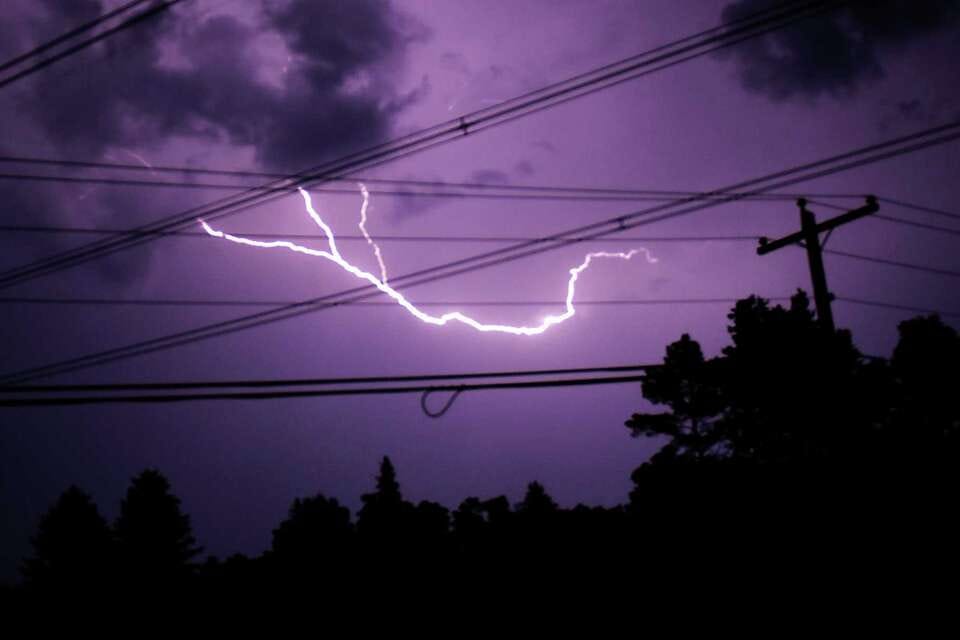How much New York's energy plan could cost consumers
And when the state expects to meet its 2030 energy mandates.
Good afternoon — it’s Tuesday and Mango Day.
In today’s CapCon:
New York has a new draft plan for how the state will meet its energy needs over the next 15 years.
The plan projects that the state will not meet its upcoming energy mandates.
But I dug into it to find what it had to say about how the cost of energy is expected to change for consumers. Here’s what it says.
Rep. Andrew Garbarino is now the only Republican from New York in Congress that chairs a committee — and it’s a big one.
A new bill seeks to require the Department of Health to collect new data that could help inform the state budget.
Municipalities in New York could soon have the power to set strict regulations on the use of wetlands.
Names in today’s CapCon: Andrew Garbarino, Julia Salazar, Robert Jackson, Dana Levenberg, Peter Harckham, Chris Burdick, Siela Bynoe, Steven Stern
❗ Summer Sale: It’s been a while since we offered a 30-day free trial to new subscribers so we’re having a summer sale to give free readers that option. 😎
That’ll make your first month of CapCon free to save you a few bucks that you can use for iced coffee or lemonade instead. Happy summer! Click here for that free trial.
⚡ New York’s new energy plan shows short-term pain but long-term gain for consumers
A frequent criticism of New York’s plan to reduce carbon emissions over the next 25 years is that the state has never analyzed how different scenarios will impact energy costs for consumers.
There is a series of facts that are indisputable. One of them is that New York is not expected to meet its mandate of reducing emissions by 40% by 2030.
That was confirmed late Monday when the New York State Energy Research and Development Authority published a draft of the state’s energy plan, which will be considered Wednesday by the Energy Planning Board.
It projects how New York can meet the state’s energy needs through 2040. After the board’s approval, the plan will be opened to public comment, including nine public hearings scheduled in August and September in certain areas of the state.
Back to the 2030 mandate, which the state is not expecting to meet. I call it a mandate instead of a goal because it was written into the Climate Leadership and Community Protection Act in 2019.
If New York stayed on the path it’s on and didn’t take additional action, the state wouldn’t hit the 2030 mandate until 2038, according to the draft energy plan.
If the state takes some additional action, it could reach it by 2036. Those are the only two realistic options on the table.
New York is also mandated to produce 70% of its electricity from renewables by 2030 but that’s not expected to happen either, the energy plan said.
If the state continues its current policies, the earliest that’s expected to happen is 2033.
There are bright spots in the report, like how the state is on track to meet its goal of creating 10 GW of distributed solar energy by 2030. Distributed solar includes all solar, from rooftops to farm fields.
But if you dig deep enough in the various appendices posted with the plan, you can find how much the transition is expected to cost the average family. It’s not cheap.
Keep reading with a 7-day free trial
Subscribe to Capitol Confidential with Dan Clark to keep reading this post and get 7 days of free access to the full post archives.



